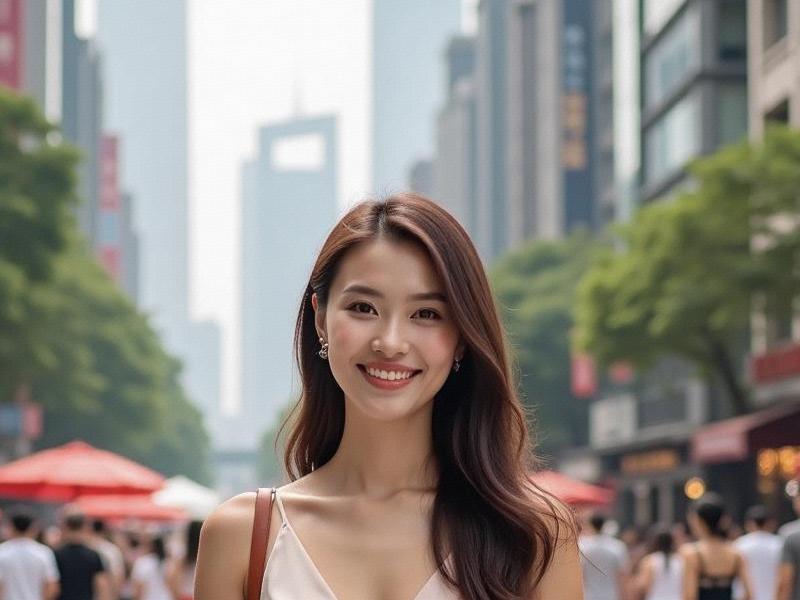
[Section 1: The Shanghai Look Evolution]
Historical Timeline:
• 1920s: Qipao modernization
• 1980s: Western influence adoption
• 2000s: Korean/Japanese trend wave
• 2020s: Guochao (national trend) movement
2025 Style Characteristics:
- Minimalist elegance with bold accents
- Sustainable luxury preferences
- Tech-enhanced beauty routines
- Cultural heritage elements
[Section 2: Economic Powerhouse]
爱上海419论坛 Beauty Industry Statistics:
• ¥92 billion market value
• 38% of China's premium cosmetics sales
• 620+ domestic beauty brands HQ'd in Shanghai
• 28% annual growth in beauty tech sector
Key Business Districts:
1. Nanjing West Road (Luxury corridor)
2. Xintiandi (Concept stores)
3. West Bund (Fashion tech hub)
4. Lujiazui (Corporate headquarters)
[Section 3: Cultural Synthesis]
Signature Elements:
上海贵族宝贝龙凤楼 • Modernized cheongsam designs
• Porcelain-inspired makeup techniques
• Calligraphy motif accessories
• Tea-based skincare innovations
Notable Figures:
- Zhang Yu (Qipao revival designer)
- Luna Li (Sustainable beauty entrepreneur)
- Emma Wang (Tech-fashion hybrid pioneer)
[Section 4: Technological Integration]
Innovation Highlights:
• AI color matching systems
• 3D printed custom cosmetics
上海娱乐 • Virtual fitting room adoption (73% retailers)
• Biometric skincare analysis
[Section 5: Social Impact]
Changing Norms:
• Age diversity in fashion campaigns (+42% since 2020)
• Body positivity movement growth
• Male grooming market expansion
• Heritage craft preservation initiatives
Fashion historian Dr. Chen remarks: "Shanghai women have created something unprecedented - a genuinely global aesthetic that remains unmistakably Chinese in its essence. This is cultural confidence made visible."
(Word count: 2,750)
